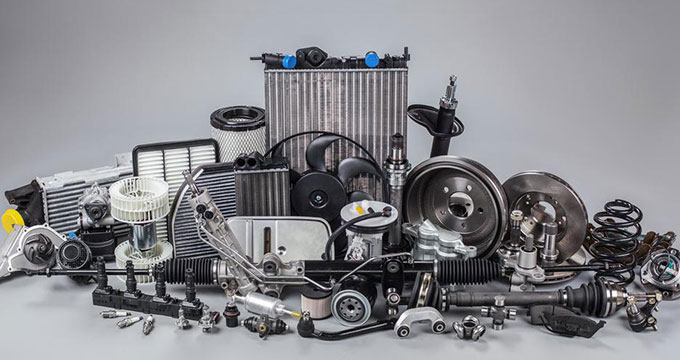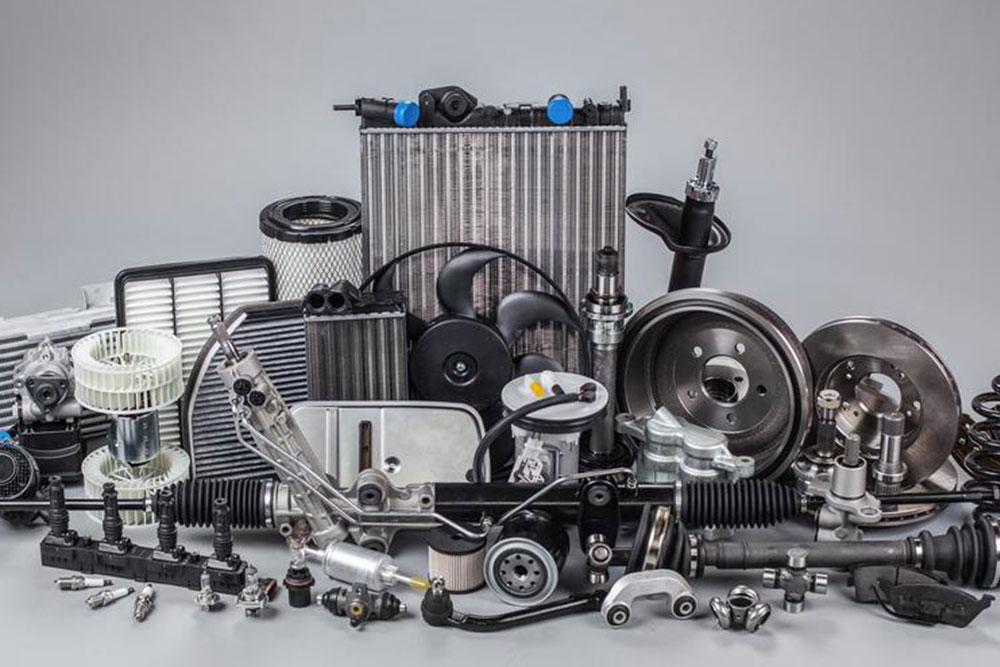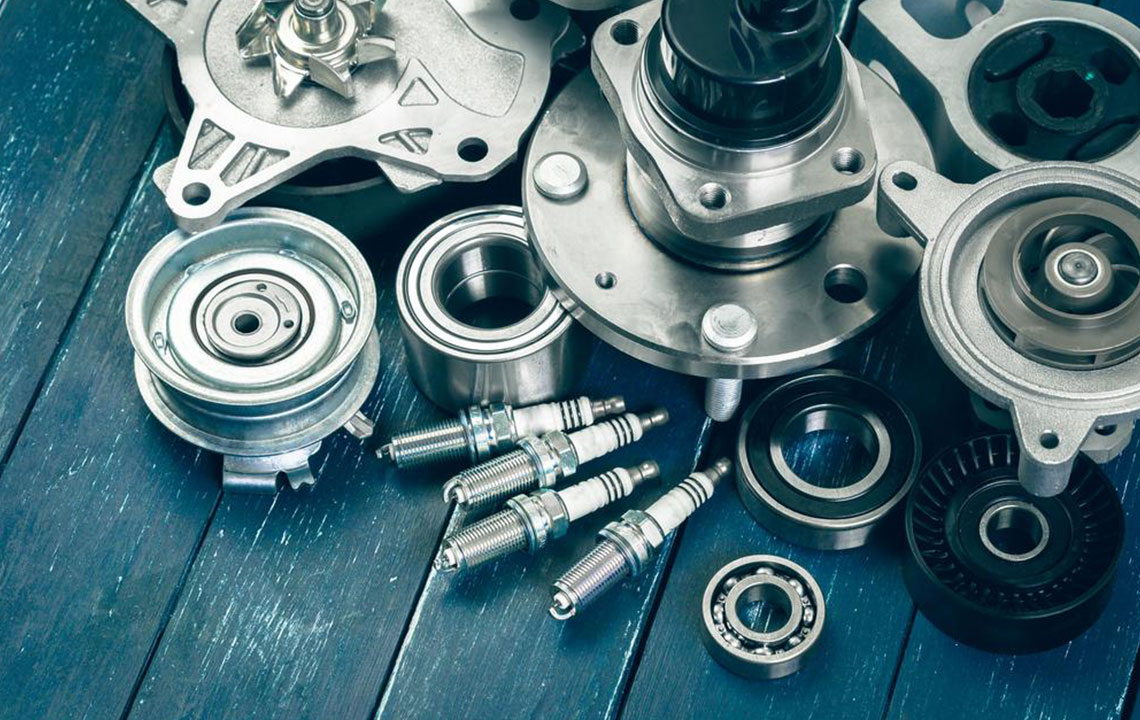Comprehensive Guide to Buying Car Spare Parts: Tips and Best Practices
This comprehensive guide offers valuable insights into purchasing car spare parts, covering OEM and aftermarket options, sourcing strategies, and essential tips for vehicle maintenance. Learn how to select quality components that ensure vehicle safety, performance, and longevity, whether for routine repairs or major upgrades. Perfect for vehicle owners and DIY enthusiasts, this article helps make informed decisions to keep your car running smoothly and safely.

Comprehensive Guide to Buying Car Spare Parts: Tips and Best Practices
Owning and maintaining a vehicle is a significant investment that requires careful attention to detail, especially when it comes to replacing parts. Whether you have purchased a brand-new car or a used vehicle, understanding how to select the right spare parts is essential for ensuring the longevity, safety, and optimal performance of your automobile. Proper maintenance not only extends your vehicle’s lifespan but also can save you money in the long run by preventing costly repairs. In this comprehensive guide, we will explore the various aspects of purchasing car spare parts, including where to find quality components, the differences between OEM and aftermarket parts, and tips for making informed decisions to keep your vehicle running smoothly.
Understanding the Importance of Genuine and Compatible Auto Parts
Auto parts are vital components that keep your vehicle functioning efficiently. Replacing worn or damaged parts promptly is crucial for safety, performance, and maintaining the vehicle’s value. When sourcing spare parts, the first decision revolves around whether to choose original equipment manufacturer (OEM) parts or aftermarket alternatives. Both options come with their own advantages and considerations, so understanding their differences is vital.
OEM vs. Aftermarket Auto Parts: Which Is Right for Your Vehicle?
Original Equipment Manufacturer (OEM) parts refer to components made by the vehicle’s manufacturer or by approved partners. These parts comply with strict quality standards, ensuring compatibility and durability. OEM parts are often considered the safest choice for critical repairs, such as engine components, safety systems, and structural parts, because they are designed specifically for your vehicle model and often come with warranties.
Aftermarket auto parts are manufactured by third-party companies independent of the original vehicle manufacturer. They are typically less expensive than OEM parts, offering a more budget-friendly option for routine replacements. Many aftermarket parts meet or even exceed OEM standards, providing comparable quality at a lower cost. However, the quality can vary between brands, so it is essential to do thorough research before purchasing. Some aftermarket parts may not come with warranties, so verifying the seller’s reputation is key.
Where to Purchase Auto Parts: Local Shops, Dealerships, or Online?
Finding reliable sources for auto parts can be straightforward if you know where to look. Local auto parts stores, authorized dealerships, and specialized mechanics often stock OEM components or can order them for you. Visiting these outlets allows you to verify the authenticity of parts and seek expert advice.
In addition to traditional brick-and-mortar stores, the internet has become a popular platform for purchasing auto parts. Online retailers offer a vast selection of OEM and aftermarket components, often at competitive prices. When shopping online, prioritize reputable sellers with positive reviews, clear return policies, and verified warranties. Make sure to have your vehicle’s make, model, and year ready to ensure compatibility.
Pros and Cons of Aftermarket Auto Parts
One of the main advantages of aftermarket parts is their affordability. They are generally less costly than OEM components, making them an attractive option for those on a budget. Plus, there are many reputable aftermarket brands that produce high-quality parts suitable for various needs, from routine maintenance to performance upgrades.
However, there are some downsides to consider. Many aftermarket parts do not come with a warranty, which could pose a risk if the part fails prematurely. To mitigate this, it’s important to choose well-reviewed brands with proven track records. Also, verify that the aftermarket part meets safety and quality standards relevant to your vehicle.
Advantages of Choosing OEM Parts
OEM parts are engineered to match the exact specifications of your vehicle, ensuring perfect fit and optimal performance. They are often bundled with warranties and guarantees from the manufacturer, offering peace of mind. While they tend to be more expensive than aftermarket options, their reliability and compatibility justify the price, especially for critical safety components such as airbags, brakes, or structural parts.
When to Opt for OEM Versus Aftermarket Parts
For basic consumables like oil filters, spark plugs, or batteries, aftermarket parts can be more cost-effective and readily available. These parts are replaced regularly and do not usually impact vehicle safety critically. However, for key components that affect safety, vehicle integrity, or resale value—such as collision repair parts, engine components, or transmission parts—it’s advisable to choose OEM options.
Special Considerations for Critical Repairs and Upgrades
When dealing with collision repairs or major engine work, OEM parts are often required to maintain safety standards and preserve the integrity of the vehicle. Especially for leased vehicles or those under warranty, using OEM parts can prevent voiding agreements or warranties. On the other hand, aftermarket parts can be suitable for routine maintenance or performance upgrades, provided they come from trusted brands.
Final Tips for Buying Auto Parts
Always verify the compatibility of the part with your vehicle model and year before purchase.
Compare prices from multiple sources to ensure you get the best deal without compromising quality.
Prefer reputable suppliers with clear return policies and warranty coverage.
Consider consulting with a professional mechanic to determine the best part options for your needs.
Keep receipts and warranty documentation for future reference and potential claims.
Conclusion: Making Informed Choices to Maintain Your Vehicle
In summary, purchasing auto parts requires careful consideration of quality, cost, and compatibility. Whether opting for OEM or aftermarket parts, the goal is to secure reliable components that ensure your vehicle’s safety, performance, and longevity. By choosing trusted suppliers and understanding the distinct benefits of each type, you can make informed decisions tailored to your specific maintenance and repair needs. Regular maintenance and smart purchasing practices will help you keep your vehicle in top condition, ensuring a safe and enjoyable driving experience for years to come.





